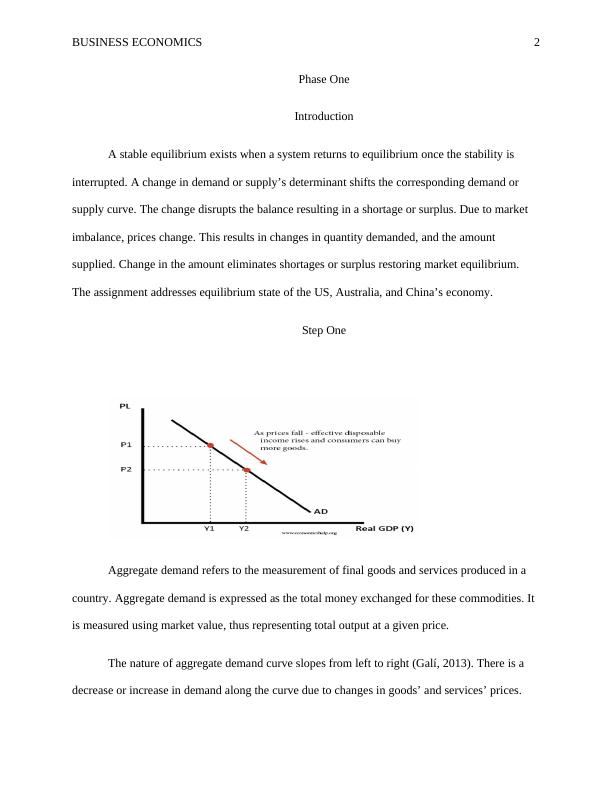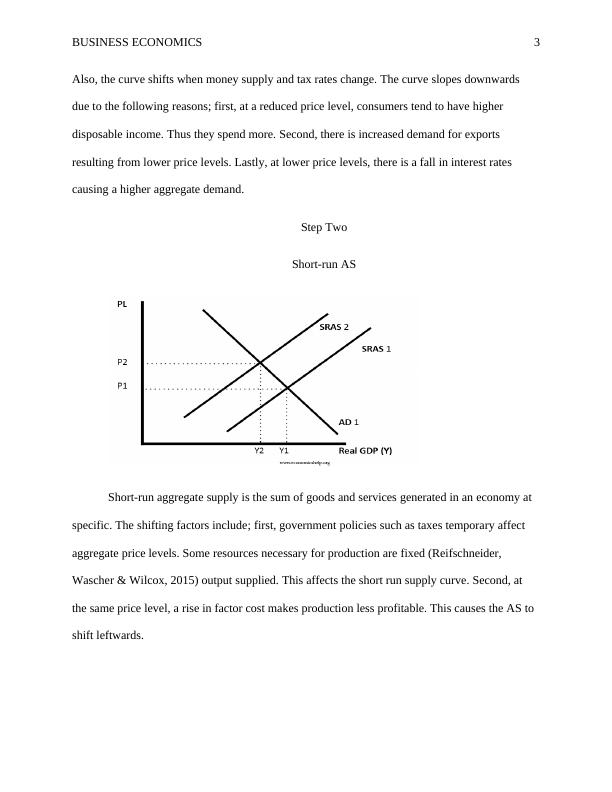Assignment on Equilibrium State of the US, Australia, and China's Economy
11 Pages1624 Words70 Views
Added on 2020-05-16
Assignment on Equilibrium State of the US, Australia, and China's Economy
Added on 2020-05-16
ShareRelated Documents
End of preview
Want to access all the pages? Upload your documents or become a member.
Concept of Stable Economic Equilibrium
|10
|1423
|344
Economics for Business Assignment Equilibrium
|6
|1063
|148
Macro Economics Assignment (Solved)
|17
|1828
|104
Effect of Drought on Macroeconomic Equilibrium of Australia
|7
|1207
|63
Aggregate Models and Macroeconomic Policies
|8
|1343
|49
Economics for Business Environment Name of the Student Name of the University Author Note
|10
|1383
|296




